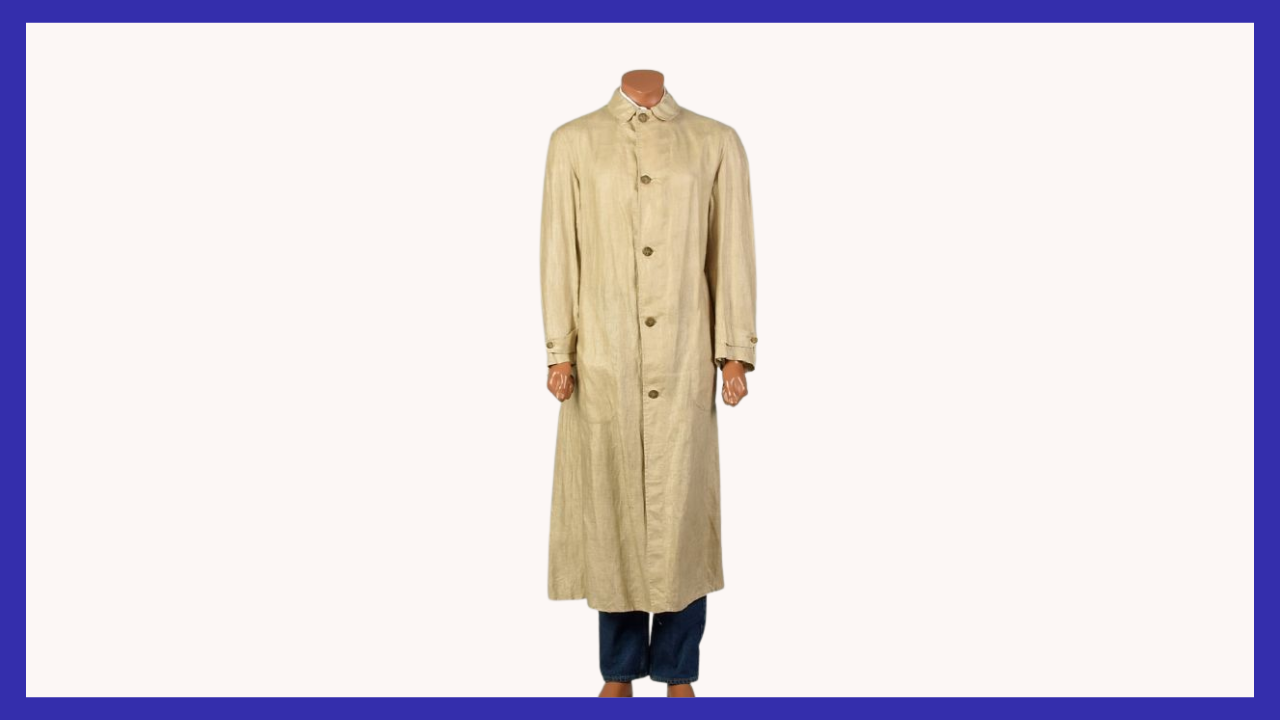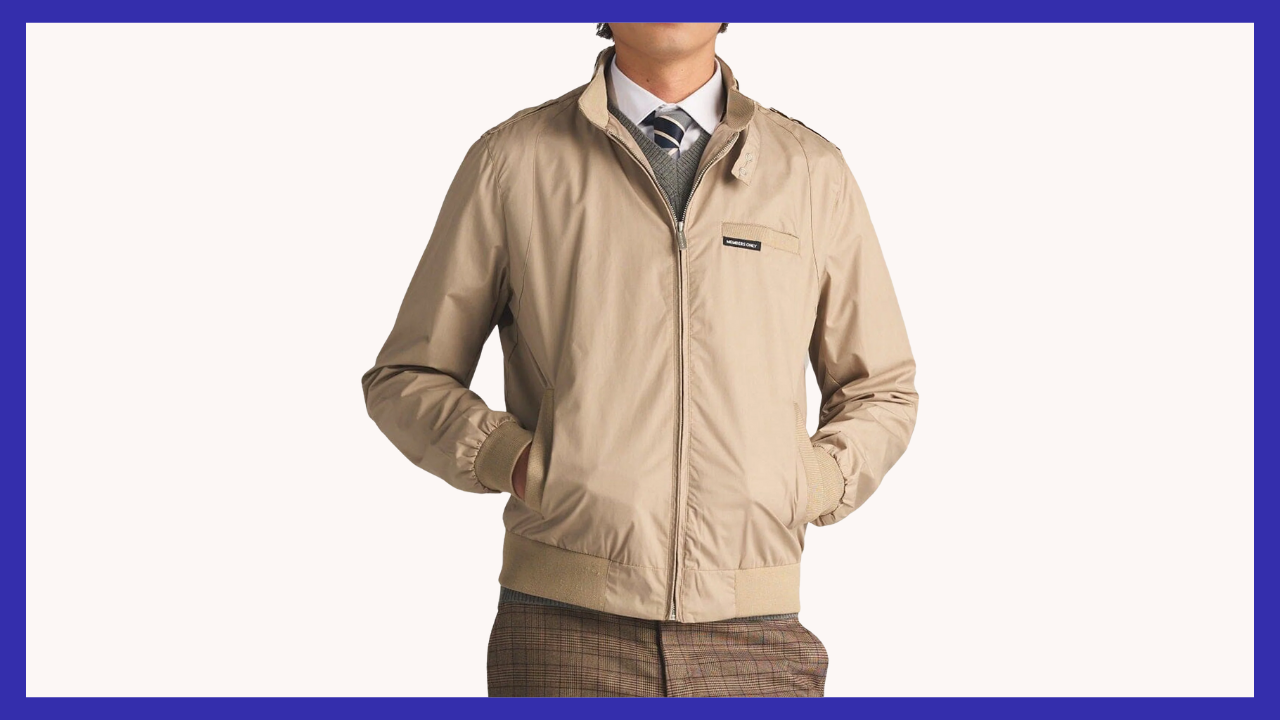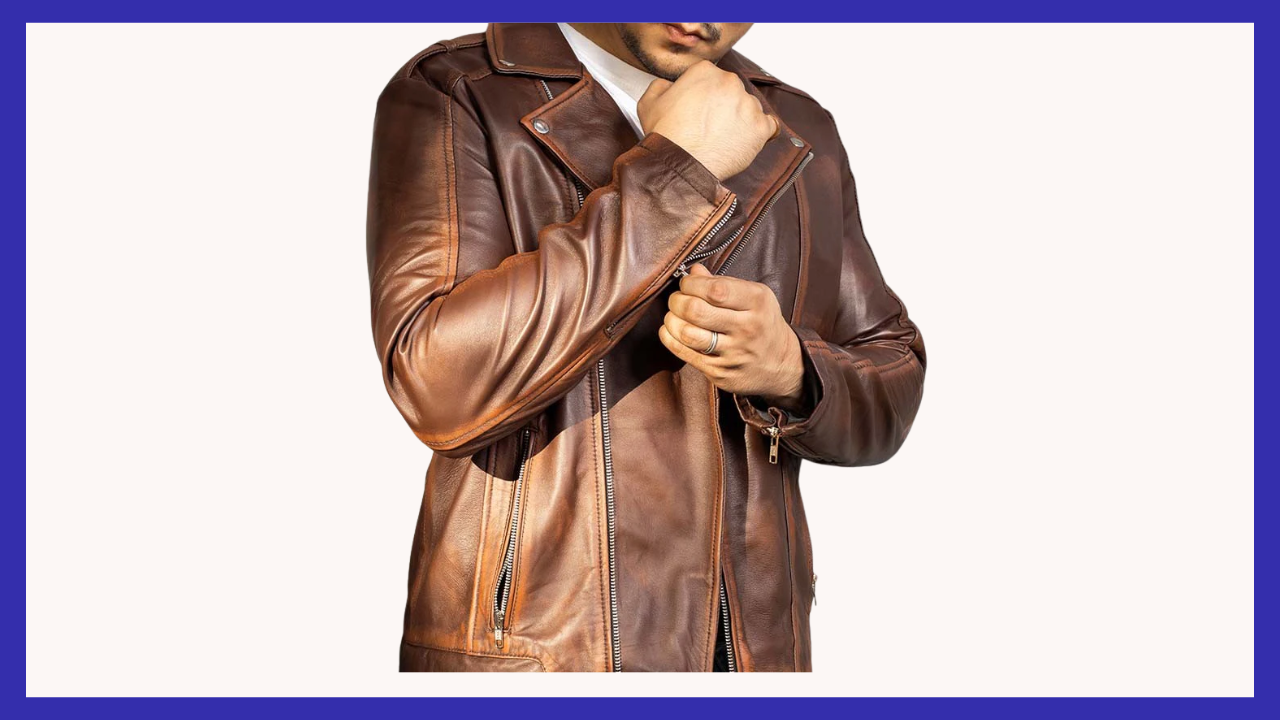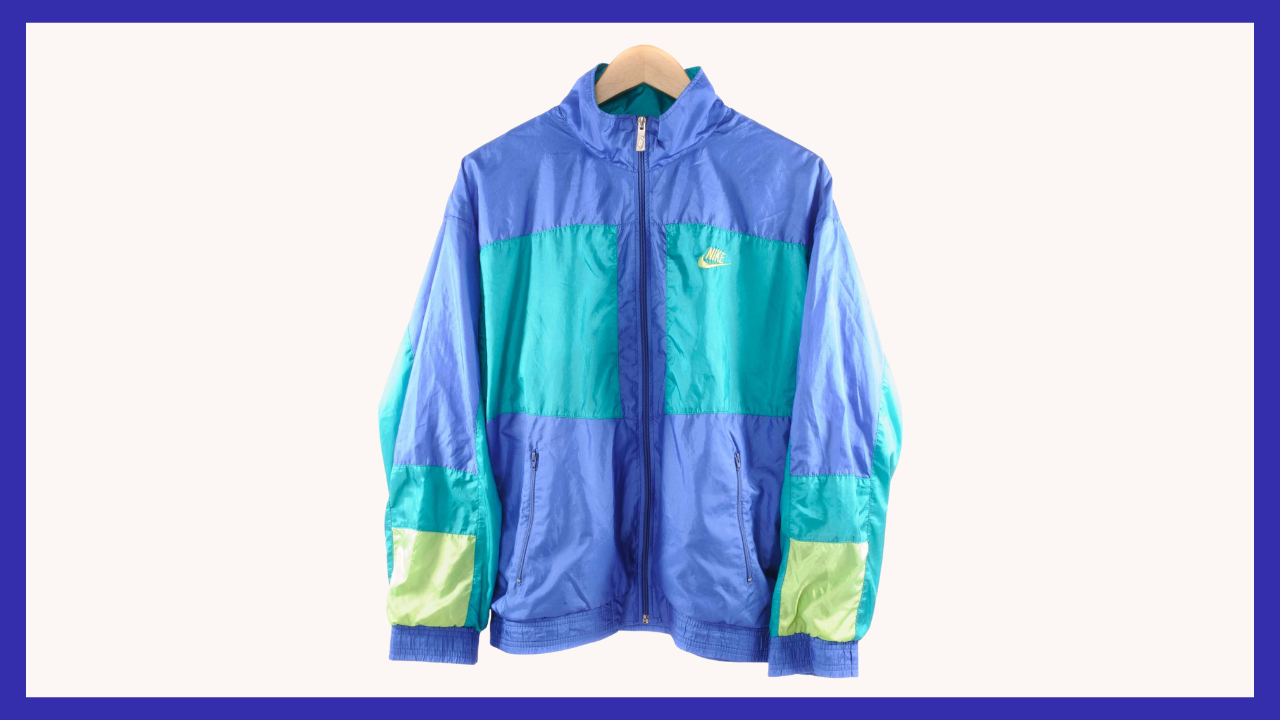AllVintageStyles
The Ultimate Vintage Fashion Encyclopedia
Duster Coat

Long lightweight protective coat designed to shield clothing from dust and debris during early automobile travel in open vehicles.
Quick Facts
- Era: 1910s (peak popularity 1900s-1920s)
- Origin: United States/Europe (early automobile culture and motoring fashion)
- Garment Type: Protective outerwear with practical automotive function
- Key Identifiers: Ankle-length cut, lightweight fabric, belted waist, large collar
- Typical Resale Price: $150-$800 (authentic vintage pieces)
- Best For: Automobile history enthusiasts, Edwardian fashion collectors, vintage motoring events
History & Evolution
Duster coats emerged in the early 1900s as practical necessity when automobile travel required protection from road dust, dirt, and debris in open vehicles. Early motorists needed lightweight yet comprehensive coverage to preserve their clothing during drives on unpaved roads. The style represented the intersection of fashion and emerging transportation technology, creating new clothing categories specifically designed for modern automotive lifestyle.
The 1910s established duster coats as essential motoring accessories for both men and women who participated in the growing automobile culture. Department stores and specialty retailers marketed dusters alongside driving gloves, goggles, and veils as complete motoring ensembles. The coat symbolized progressive participation in modern transportation and leisure activities, appealing to affluent early adopters of automobile technology.
By the 1920s, improved roads and enclosed automobiles reduced the practical need for dust protection, leading to the style's decline in everyday use. Duster coats survived in specialized contexts like aviation, farm work, and industrial applications throughout the mid-20th century. Contemporary versions occasionally appear in vintage-inspired fashion, but authentic early automotive examples represent unique artifacts of transportation history and early 20th century lifestyle adaptation.
Authentication Tips
Authentic 1900s-1920s Features:
- Lightweight natural fiber construction (linen, cotton, or cotton blends)
- Full-length design reaching ankle or mid-calf for comprehensive protection
- Functional button or snap closures designed for practical automotive use
- Large collar and lapel design appropriate for early motoring fashion
- Period-appropriate labels from clothing manufacturers or department stores
Common Reproductions/Modern Pieces:
- Synthetic fabrics or modern blends lacking authentic natural fiber characteristics
- Shortened lengths inappropriate for original dust protection function
- Modern closure systems or decorative elements not found on practical automotive wear
- Contemporary fashion styling without authentic motoring coat proportions
- Generic labels without connection to early 20th century clothing manufacturers
Styling & Use Cases
- Best for automobile enthusiasts: Wear to vintage car shows and early automotive events for period-appropriate presentation
- Ideal for Edwardian collectors: Combine with motoring accessories like period driving gloves and goggles for authentic early 1900s styling
- Perfect for historical events: Use for early 20th century reenactments or exhibitions focused on transportation history
Modern styling tips:
- Layer over fitted vintage-inspired garments to showcase the coat's dramatic length and protective design
- Focus on accessories that reference early motoring culture without creating costume-like appearance
- Consider the coat's practical origins when styling for contemporary wear
FAQ
Q: How can I tell if a duster coat is authentic early automotive period?
A: Check for lightweight natural fiber construction, full ankle-length design for dust protection, functional closures appropriate for practical motoring use, large collar styling, and period labels from early 20th century clothing manufacturers.
Q: What's the typical price range for vintage duster coats?
A: Authentic early automotive duster coats range from $150-800 depending on condition, provenance, and manufacturer. Well-documented pieces or those with motoring history command premium prices among automobile and fashion collectors.
Q: How should I care for a vintage duster coat?
A: Gentle hand washing or professional cleaning depending on fabric condition, air drying to prevent shrinkage, and storage in breathable garment bags to protect lightweight natural fibers from environmental damage.
Q: What makes vintage duster coats valuable to collectors?
A: Unique representation of early automobile culture and transportation history, practical design reflecting specific technological period needs, rarity due to their utilitarian nature and limited survival, and cultural significance in documenting lifestyle adaptation to modern transportation.
📷: Fashion Conservatory



